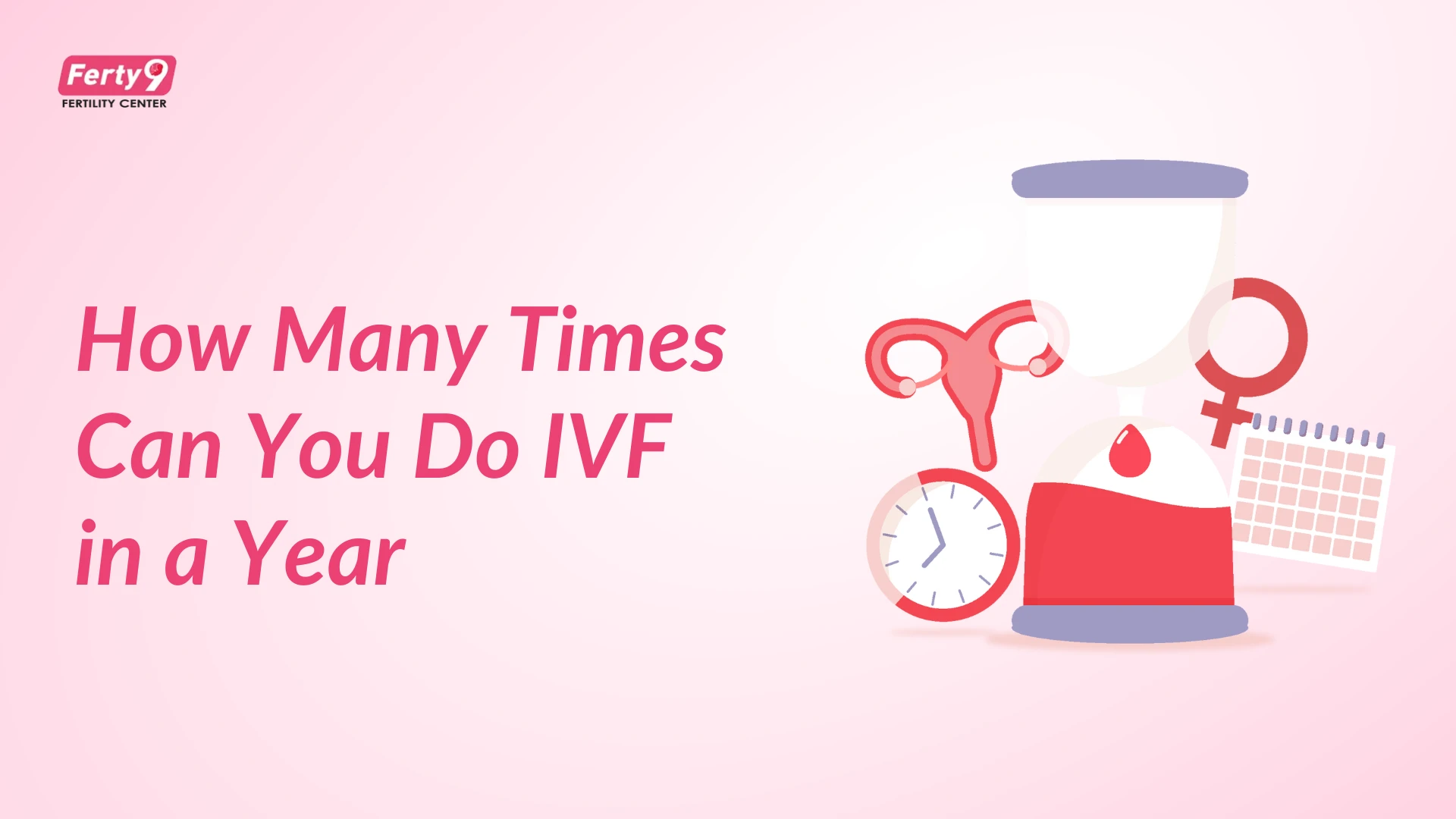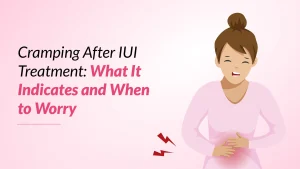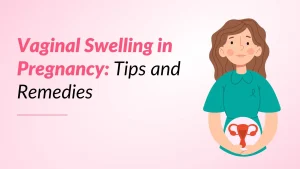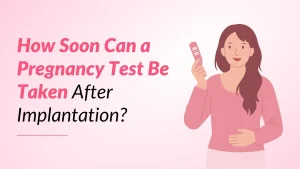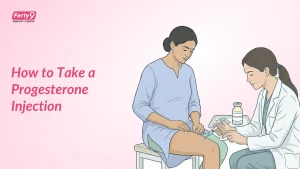Planning Your IVF Journey: How Many Cycles Are Safe and Effective in a Year?
Embarking on an IVF journey is a significant step filled with hope and many questions. One of the most common and practical questions we hear at Ferty9 is, “How many times can I do IVF in a year?” It’s a crucial question for planning your time, finances, and, most importantly, for taking care of your physical and emotional well-being.
The answer isn’t a single magic number for everyone. It’s a personalised recommendation based on science, health, and compassion. Let’s break down the factors that determine a safe and effective frequency for IVF cycles.
Understanding IVF Cycles
First, it’s helpful to understand what one “cycle” involves. A single IVF cycle includes several stages:
- Ovarian Stimulation: Using hormone injections to encourage your ovaries to produce multiple eggs.
- Egg Retrieval: A minor procedure to collect the mature eggs.
- Fertilisation: Fertilising the eggs with sperm in our advanced lab.
- Embryo Transfer: Placing a healthy embryo into the uterus.
This entire process typically takes about 4 to 6 weeks. Success doesn’t always happen on the first attempt, which is why many couples plan for multiple cycles.
Medical Guidelines on IVF Frequency
So, how often can you repeat this process? Most fertility specialists, including our experts at Ferty9, generally recommend undergoing 2 to 3 full stimulation IVF cycles in a single year. This recommendation is not arbitrary; it’s based on giving your body the necessary time to recover and prepare for the next attempt. The ideal frequency for you will depend on personal factors like your age, overall health, and ovarian reserve (the quantity and quality of your eggs).
Physical Considerations
Your body does incredible work during an IVF cycle, and it needs rest.
Impact on the Ovaries
The stimulation medications cause your ovaries to work much harder than usual. After an egg retrieval, your ovaries need time to return to their normal size and function. Rushing into another cycle without a break can put undue stress on them.
Hormonal Balance
IVF involves carefully controlled hormone injections to optimise egg production. After the cycle, your body needs a break to reset and return to its natural hormonal rhythm.
Recovery Between Cycles
Allowing your body to fully heal and recover is crucial. A well-rested body is better prepared for a successful pregnancy. This physical readiness can significantly impact the outcome of your next cycle.
Emotional and Mental Health Aspects
The IVF journey is often described as an emotional rollercoaster. The cycle of hope, waiting, and results can be mentally exhausting.
- Stress and Emotional Toll: Repeated cycles without a pause can lead to significant stress, anxiety, and emotional burnout.
- Coping Strategies: It’s vital to care for your mental health. We encourage talking to a counsellor, joining support groups, or practicing mindfulness and meditation.
- Mental Readiness: Taking a break allows you and your partner to recharge emotionally, making you stronger and more resilient for the next cycle.
Success Rates and Multiple IVF Cycles
It’s important to understand the concept of cumulative success rates. While the success rate for a single IVF cycle is significant, your chances of having a baby increase over multiple attempts. For many couples, the second or third cycle is the one that brings success. This data encourages persistence but also highlights the need for a sustainable treatment pace.
When to Take a Break Between IVF Cycles
As a general rule, doctors recommend a waiting period of at least one to two full menstrual cycles between full stimulation IVF cycles. This break is not wasted time; it’s an active part of your treatment plan. It allows your body to heal, reduces inflammation, and gives you the emotional space needed to approach the next cycle with renewed optimism.
Age and IVF Cycle Frequency
Age is a critical factor in fertility treatment.
- Younger Women (Under 35): Women with a good ovarian reserve may have more flexibility in timing their cycles.
- Women Over 35: For older women, there is often a greater sense of urgency. While breaks are still essential, your doctor may recommend a slightly more condensed timeline to make the most of your remaining fertility window. This decision is always made carefully with your doctor.
Risks of Too Many IVF Cycles in a Year
Attempting too many cycles back-to-back without adequate breaks can pose risks:
- Ovarian Hyperstimulation Syndrome (OHSS): A rare but serious condition where the ovaries overreact to medication.
- Hormonal Imbalance: Can lead to other health complications.
- Emotional Burnout and Financial Stress: Pushing too hard, too fast can deplete your emotional and financial resources, making the journey much harder.
Alternatives Between IVF Cycles
A “break” from full cycles doesn’t mean your journey has to stop.
- Frozen Embryo Transfer (FET): If you have frozen embryos from a previous cycle, an FET can be done. This process is much less physically demanding as it does not involve ovarian stimulation and can often be performed in the cycle immediately following a break.
- Lifestyle Improvements: Use the break to focus on improving your diet, starting a gentle exercise routine like yoga, and managing stress—all of which can boost your success chances.
Talking to Your Fertility Specialist
The information here is a guide, but the most important advice will come from your doctor.
- Personalised Advice: Your fertility specialist at Ferty9 will create a treatment plan based on your unique medical history.
- Questions to Ask:
- “Based on my health, how many cycles do you recommend for me this year?”
- “How long should I wait between my cycles?”
- “What can I do during my break to improve my chances?”
Summary
The number of IVF cycles you can safely do in a year is a decision that balances medical science with your personal well-being. While most specialists recommend 2-3 full attempts annually, the right path for you will depend on your health, age, and emotional readiness.
The most important step is to have an open conversation with your fertility doctor. Our team at Ferty9 is here to create a safe, effective, and sustainable plan to help you achieve your dream of parenthood.







